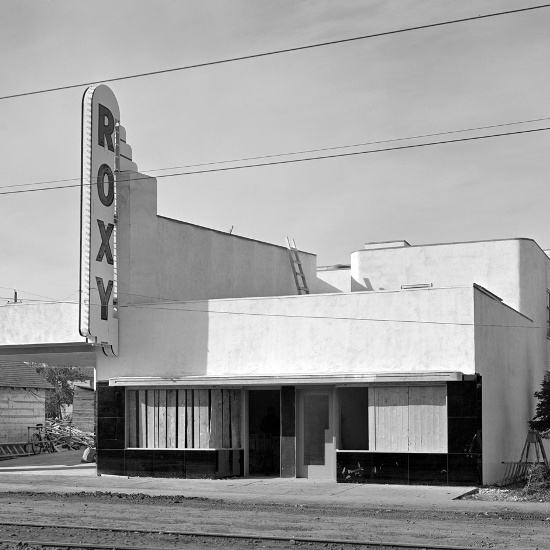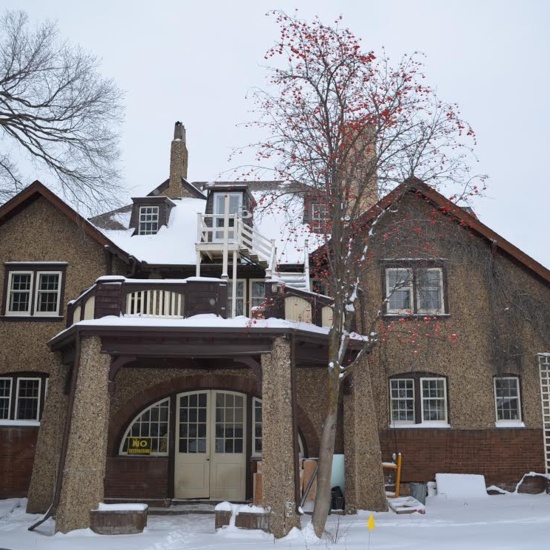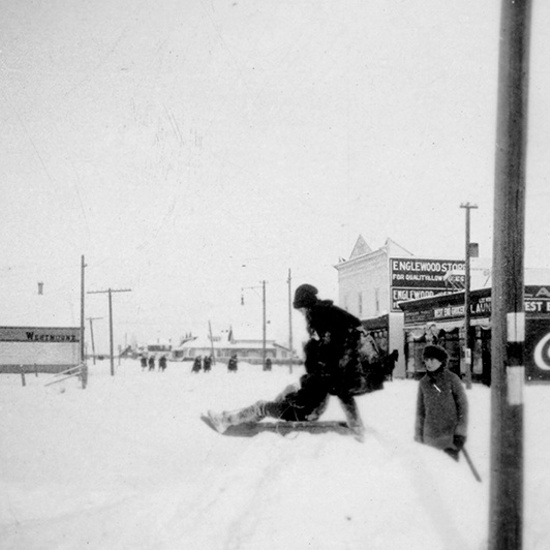Westmount
Westmount contains Edmonton's largest concentration of single family dwellings built before World War One.
Westmount contains Edmonton's largest concentration of single family dwellings built before World War One.
Thought to be named after the suburb of Montréal, the community of Westmount is bounded by Groat Road, 111 Avenue, 121 Street, and Stony Plain Road. It also includes the Groat Estate area south of Stony Plain Road between Groat Road and 124 Street. A large portion of homes in this neighbourhood were built in the land boom of 1912. Apartments make up about half the living space, but only appeared relatively recently in the 1960s and 1970s along major traffic routes.
Malcolm Groat signed on with the Hudson’s Bay Company (HBC) from his native Scotland in 1861 at age twenty-five. He was posted to Fort Edmonton as a steward in charge of the farming operations and packhorses. In 1870, in a deal with the new Dominion of Canada, the HBC was granted a land reserve of 3,000 acres around Fort Edmonton and the outlying lands were divided into river lots according to the French-Métis system of long, narrow properties perpendicular to the river bank. Groat selected the 900 acres of River Lot 2 on the western edge of the HBC reserve as his homestead and he moved there with his wife, Chief Factor William Christie’s daughter Marguerite, and their 9 children when he retired from the HBC in 1878. Although remodelled, the four-square brick home he built in 1907 still stands at 31 Clifton Place.
The majority of Groat’s property was purchased by James Carruthers at the beginning of Edmonton’s first land boom in 1906. Two years before the City of Edmonton had annexed lands to the west of downtown as far as 127 Street. In 1910, Edmonton annexed the rest of Malcolm Groat’s homestead. Separated from downtown and the rest of the development in Edmonton by the broad HBC reserve, Carruthers established Glenora and Groat Estates with a caveat that remains in effect to this day. He determined that “the houses to be erected on the said land shall be either detached or semi-detached and the sum to be expended on the erection of such house shall not be less than $3,500… $4,000… or $5,000” depending on their location. To encourage the development of the relatively distanced subdivisions, Carruthers convinced the city to bring the streetcar lines to 142 Street - the western edge of the city - by financing the replacement of the wooden bridge over Groat Ravine with a new steel structure and building a bridge over the ravine at 139 Street. A streetcar line was completed by the City in 1910.
Many homes in Westmount were constructed without a buyer in mind. It was a new concept at the time that especially appealed to speculators who purchased property from the HBC when they finally opened their reserve for sale in 1912. With Carruther’s caveat, the Groat Estate property interested wealthy and well-established citizens who subsequently erected grand brick country houses or arts and crafts styled manors generally overlooking Groat Ravine. For instance, five prominent Edmontonians - Colonel James Kennedy Cornwal, Oliver Mowat Bigger, Mayor Henry Marshall, Erskine Evans, and the Honorable Charles W. Cross - purchased large parcels of land from Carruthers and drew lots to see which property they would acquire along Villa Avenue. Th lots across Stony Plain Road and outside the bounds of the caveat, however, largely appealed to young professionals - doctors, lawyers, and educators at the beginning of their careers. Not as impressive as those in Groat Estate, these Westmount dwellings were still large clapboard homes, with dining rooms, fireplaces, large kitchens and wrap-around verandahs. Dr. Norman Terwilligar and Charles Baker both lived in craftsman styled homes in Westmount in 1912; whereas William O’Leary’s home and the Chandler residence are an eclectic blend of the Arts and Crafts, Craftsman, Queen Anne, and Four-Square designs that were popular at the time. A horse and carriage house, an integral part of the historical nature of Chandler’s property, harkens back to the early development of the first city garages which appeared in Westmount and Glenora replacing once-needed stables.
A global depression devastated the real estate market in 1913 and much of Westmount developed quite slowly until after the Second World War. The construction of Westmount School was started in 1913 but only finished in 1927, and the Westmount Community League - established in 1919 - had to lobby hard for a new high school to be built in the midst of the depression. This became Westglen which began as a high school in 1940 until enrolment peaked and Ross Sheppard High School was built in 1957. The Westmount Shopper’s Park was built kitty-corner to the community in 1955 as a new concept in retail. Later named Westmount Mall, it’s success spurred the development of six major Edmonton malls culminating in West Edmonton Mall in the 1980s.
As Groat’s property was being developed, the Edmonton, Yukon, and Pacific (E,Y, & P) railway line gradually made its way from the Low Level Bridge, up the river valley above the Municipal Golf Course. It emerged onto Wadhurst Road and circled into Edmonton to join the Canadian Northern Railway lines on 106 Avenue. Between 1908 and 1928 passengers could pay twenty-five cents and select one of four times a day to leave Strathcona, steam past Malcolm Groat’s backyard, and disembark downtown. These rails were dismantled in 1952 and the city opened 700 residential lots for sale between 127 Street and 142 Street from 107 Avenue to 111 Avenue. Edmonton’s first full-time city planner Noel Dant planned this western portion of Westmount in the same manner as several other communities outlying the downtown core. These featured limited vehicle access to the residential community, crescents and cul-de-sacs, and schools and recreational space at its core.
In 1988 the city implemented several upgrades to the Westmount area including infrastructure repair and replacement, installing traffic control measures on 122 and 123 Street north of 107 Avenue, replacing trees, creating park space along the Canadian National Railway buffer (121 Street), and upgrading biking routes and street lighting. The Westmount Heritage Area was designated in 1997 to acknowledge and protect the unique architectural heritage along 125 Street and 126 Street between 107 Avenue and 111 Avenue.
Details
Sub Division Date
TBA


